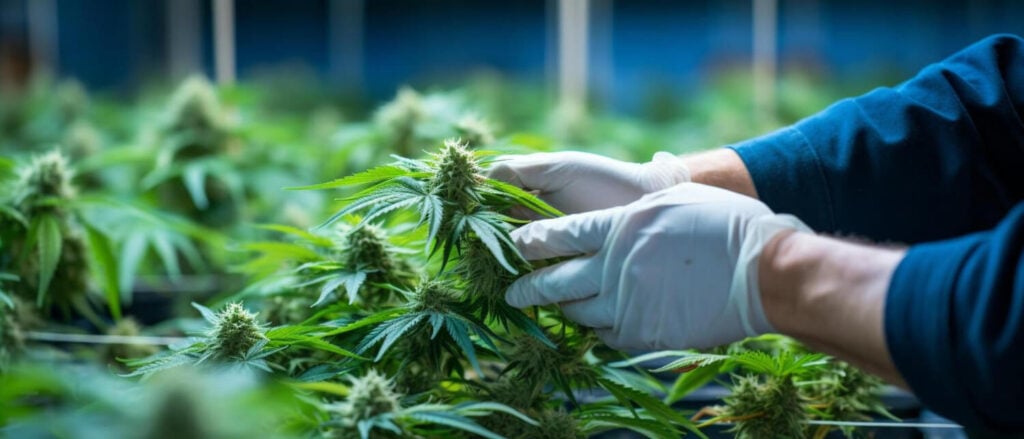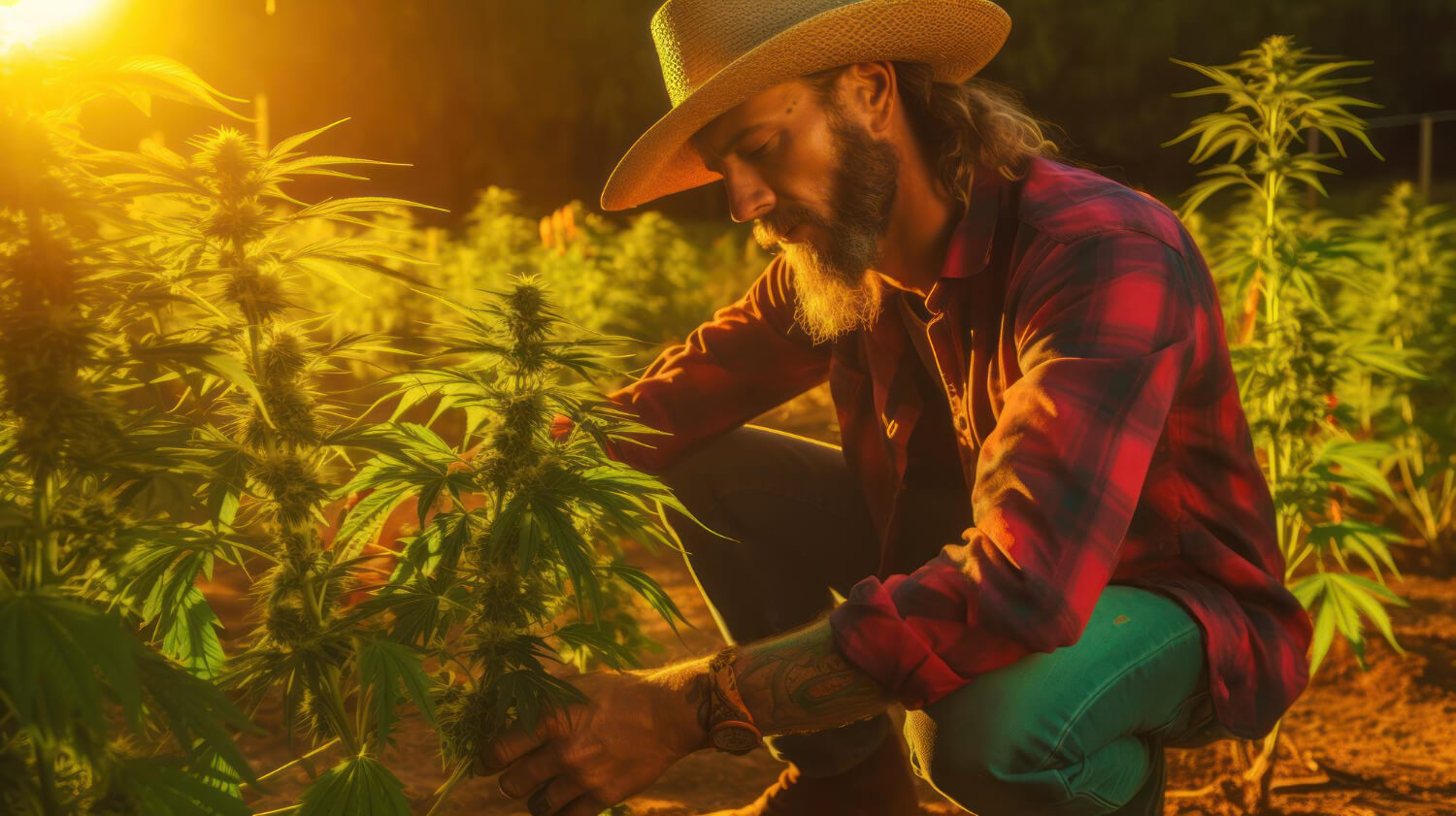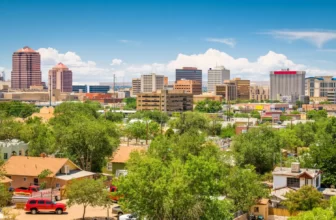After spending several months growing and perfecting your cannabis plants to maximize their potency, flavor, and overall quality, comes the time to harvest them. But when is it the right time to harvest? Harvest too soon, and the high can be incredibly uneven. Harvest too late, and you may find yourself nodding off after partaking. There is a lot of science behind determining when it’s the perfect time to harvest, but I’m here to break it down for you.
Understanding the Harvesting Window
While the differences between indica and sativa plants aren’t as notable as we once thought in regards to the heigh and effects, the differences in their growing patterns and times are! Most indica plants and hybrids can be harvested around 8-10 weeks after introducing a 12/12 light period. For some sativas, it will take double the time (16+ weeks) before they are ready to harvest.
Because indica and sativa cannabis plants have been so interbred then those strains interbreed with other interbreed strains and on and on, it’s nearly impossible to say how long it will take a particular strain to be ready for an optimal harvest. Especially since experienced cultivators like to harvest at different times for different highs. Thankfully, there are various tools and visual markers that indicate when it’s time to harvest your cannabis plants so they achieve your desired results.
Visual Indicators for Harvest Readiness
Three main visual indicators stipulate when your plants are ready to harvest. If possible, it’s a good idea to research the strains you’re growing for info on their general harvest window. However, don’t worry if you can’t find that information, you’ll just need to keep a closer eye on those three visual cues.
Visual Indicator #1 – Swelling
Let’s start in order. During mid to late flowering, you’ll notice your buds start rapidly swelling, becoming much denser, much faster than they have been. When you notice this, the countdown starts and you are going to start monitoring for the next two indicators.
Visual Indicator #2 – Trichome Color
If I could only pick one indicator to go off on, it would be monitoring trichome color. Trichomes will move from clear (unripe/immature) to cloudy (ripe and mature) to amber (post-ripe/degradation). Unless you’re looking to make a specific cannabis item (e.g. hash) or want a certain kind of high, most growers will want to harvest when the plant has the maximum amount of cloudy trichomes, which is indicated by a fairly equal ratio of clear/amber trichomes.
Visual Indicator #3 – Pistil Hair (Stigma)
Paying attention to the appearance of the pistil hairs is a great way to monitor harvest readiness — especially if you’ve grown the strain before. Starting white and spiky, when most strains mature, their hairs turn orange and recede down onto the colas.
Scientific Approaches to Determine Harvest Time
Microscope
For the average home cannabis cultivator, using the visual cues above while experimenting with different trichome color ratios is going to be more than enough to determine when they prefer to harvest. For that, a microscope, which can be something as simple as a jeweler’s loupe, is essential. However, there are some other tools that can be used to indicate harvest time, some of which can help perfect your home grow.
Moisture Content Measurement
Meters that can read moisture levels are becoming more popular in the home grow world, especially when it comes to the drying and curing stages. Some of these meters can be bought for fairly cheap — many users report moisture meters designed for woodwork well without breaking the bank. Most report 10–12% as a good range for when the flower is ready to be cured in a jar/bag.
Cannabinoid Profiling and Terpene Analysis
In laboratory settings, cannabinoid profiling and terpene analysis can be implored with methods such as high-performance liquid chromatography (HPLC) and gas chromatography (GC) to determine when to harvest.

Consequences of Early or Late Harvest
There are some consequences to harvesting too early and late. Now, your preferences will influence the perfect time along with the strain itself — some prefer more clear to amber trichomes to avoid sedative effects, while chemistry-focused operations may prefer post-ripe trichomes.
When you harvest too early, i.e., where there are too many clear trichomes, you can traditionally expect a more crude and energetic high that can be a bit uneven and prone to side effects associated with delta-9 THC. This happens because there is a greater amount of THC in comparison to the rest of the cannabinoids, in particular CBN, when trichomes are ‘premature’ and clear. Interestingly enough, harvest when all trichomes are clear, and you may find the high dull due to GBG cannabinoids not having the time to convert to THC.
When you harvest too late, i.e., when there are too many amber trichomes, you can traditionally expect a less cerebral high that’s prone to couchlocking. This is because after a trichome has matured (cloudy), THC notably starts degrading into CBN.
Final Thoughts
As with many aspects of cultivating cannabis plants, when harvesting, growers will need to experiment with different methods and practices for perfecting the experience they want from their flowers. By using a combination of visual cues (trichome color, pistil hair appearance, and rate of growth) along with tools (microscopes, moisture meters, etc.), cultivators, whether those in commercial settings or growing for personal use, have everything they need to determine when to harvest their plants.Remember, while there are guidelines for determining harvest readiness, personal preference, along with different strains, will influence when it’s time to harvest. So start by aiming to harvest when there are the maximum amount of cloudy trichomes, but then go off and have fun and experiment.





